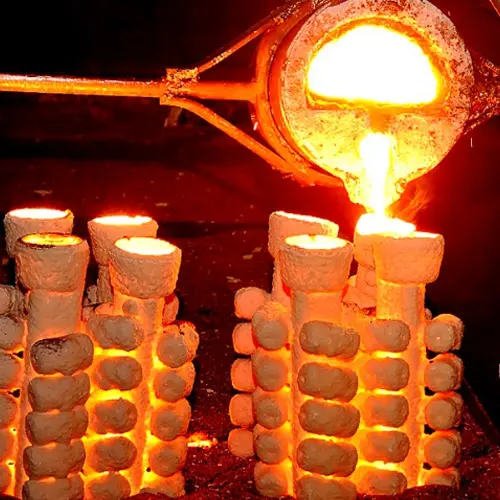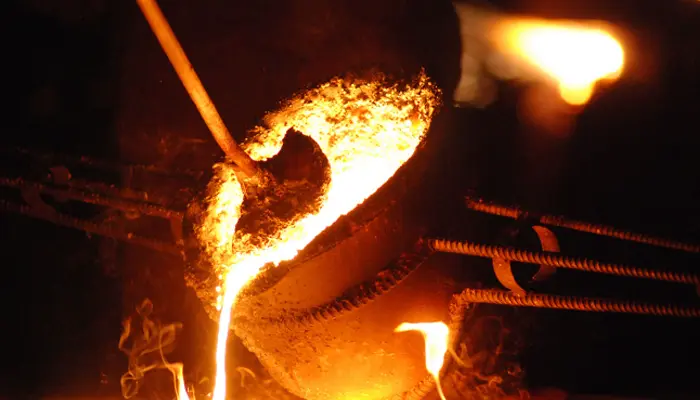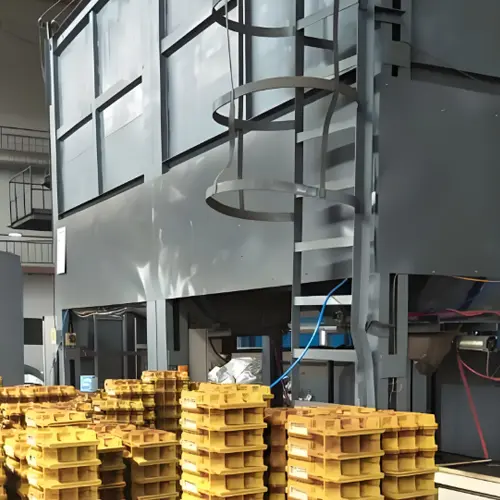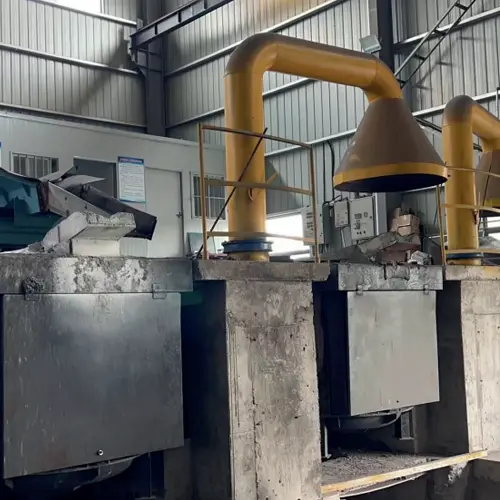As a high-precision, complex-shaped casting method, investment casting occupies an important position in modern manufacturing. However, due to its complex process and wide variety of materials, its cost accounting and control face many challenges.
1. Material costs
Direct materials are the main component of investment casting costs, including casting materials, shell materials, mold materials, fuels and other auxiliary materials.
Alloy materials: Investment casting uses a variety of alloys, including stainless steel, carbon steel, etc. The type and composition of the alloy have a direct impact on the performance and cost of the casting. Understanding the impact of material selection is crucial for cost estimation, and choosing the right alloy is the key to controlling costs. Stainless steel is generally more expensive, and carbon steel is a lower-cost option for parts that require lower corrosion resistance.
Shell materials: The cost of shell materials mainly depends on the consumption of refractory powder, refractory sand and binder. Due to the different shapes and structures of castings, the number of shell layers will vary. More layers means higher material, labor and energy costs.
2. Complexity of casting design structure
Complex designs with high tolerance requirements require more precise molds, which significantly increase the mold and tooling production time and material costs, resulting in higher mold and tooling costs.
3. Process yield rate
The process yield rate directly reflects the utilization rate of materials in the casting process and is an important factor affecting the cost of castings.
Although improving the process yield rate can reduce costs, too high a yield rate may reduce the shrinkage compensation capacity of the gating system, resulting in shrinkage or shrinkage defects in the castings. In addition, it is difficult to improve the yield rate of thin-walled castings with irregular shapes due to structural and process limitations.
4. Production volume
Economy of scale plays a vital role in cost management. The higher the production volume, the lower the unit cost. Small batch production leads to higher unit cost, while large batch production helps to significantly reduce overall costs.
5. Labor cost
Investment casting involves multiple processes, each of which requires skilled labor from wax pattern making to final finishing. Reasonable management of labor resources is essential to controlling overall production costs.
6. Process selection
Different casting processes have different effects on costs. Selecting a process that suits the characteristics of the casting and the order requirements is the key to controlling costs.
Cost optimization strategy:
Investment casting cost optimization is a comprehensive task involving multiple links and factors.
1. Material cost optimization
Choose materials that meet the necessary characteristics and are not expensive.
2. Simplify part design
Minimize the complexity of castings and avoid unnecessary functions to reduce production costs.
3. Process cost optimization
By optimizing the production process, reducing unnecessary process links, and improving production efficiency, process costs can be reduced.
4. Improve product quality
Pay attention to mold design and manufacturing, ensure the accuracy and durability of the mold, and reduce scrap caused by mold problems. Strictly control various parameters in the production process, such as melting temperature, pouring speed, etc., to ensure the quality of castings.
5. Order scale optimization
Since fixed tooling costs can be spread over more parts, increasing production volume can reduce unit costs.
6. Automation and intelligent transformation
Realize automation and intelligence in each process from mold making, shell making, melting, pouring to cleaning, reduce manual participation, and improve production efficiency.
7. Employee skills and quality management
Through training, skill competitions, etc., improve employee skills and operation levels, improve production efficiency, and reduce waste.
Establish a quality management system, identify quality responsible persons, set up quality inspection positions, and implement full-staff quality management. Formulate strict quality inspection standards, conduct comprehensive inspections on raw materials, semi-finished products, and finished products to ensure that products meet quality requirements.
The cost of investment casting is affected by multiple factors such as material selection, design complexity, tooling, production volume, and labor. Each factor plays an important role in the final cost. By implementing the above strategies, companies can effectively reduce production costs, improve economic benefits and market competitiveness.
About more information, please visit: https://castingsr.com/casting-process/investment-casting/





